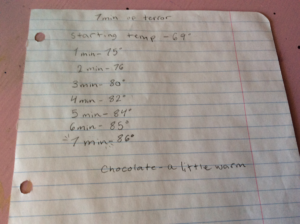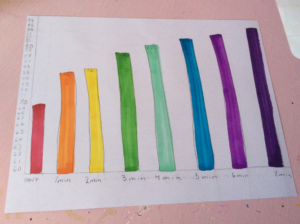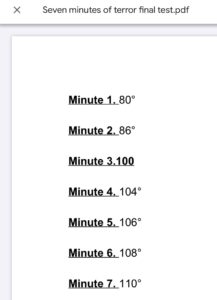Students in 7th and 8th grade participated in a long distance learning science class where they were challenged to create a heat shield for the MELDI sensor.
The launch window for the Mars 2020 mission opens July 17 and closes Aug. 5, when Earth and Mars are in the proper positions in the solar system to enable a direct interplanetary journey. The rover is scheduled to land on Mars at Jezero Crater on Feb. 18, 2021. The Mars rover’s entry, descent and landing, also known as EDL, is referred to as the 7 minutes of terror, going from 13,000 miles an hour to zero, in perfect sequence, perfect choreography, perfect timing… and the computer has to do it all by itself, with no help from the ground.
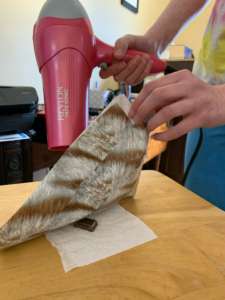
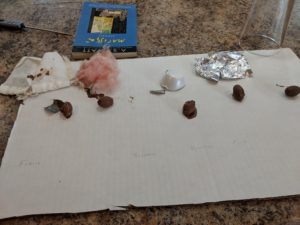
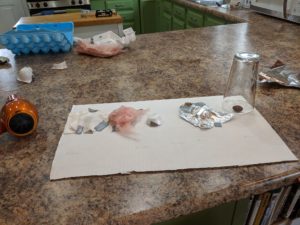
The challenge for this class was to design and test a heat shield to protect the MEDLI, (Mars Science Laboratory Entry, Descent, and Landing Instruments) sensor during a Mars entry simulation while documenting the entire process.
The MEDLI sensor was represented by a piece of chocolate and the heat of decent entry was represented with a hair dryer. Students started with testing at least five materials that might make a heat shield later. They then had to call three people, tell them about the experiment they did to shield their chocolate, tell them the results and the procedure they followed to do their experiment. They were required to get feedback and suggestions, write whether they agreed or not with the ideas and then redesign their test to test three of the five materials a second time.
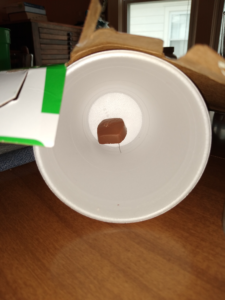
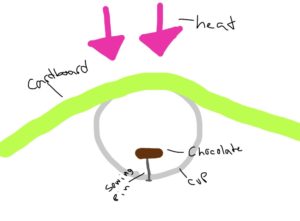
After their test of three materials, they had to choose one (or a combination of them) to do the last task. As a final assignment, they created a heat shield to cover the “capsule” (a styrofoam cup) and the MEDLI sensor (chocolate). They had to run the hair dryer for 7 minutes and take the temperature every minute. Record, graph and report on results.
